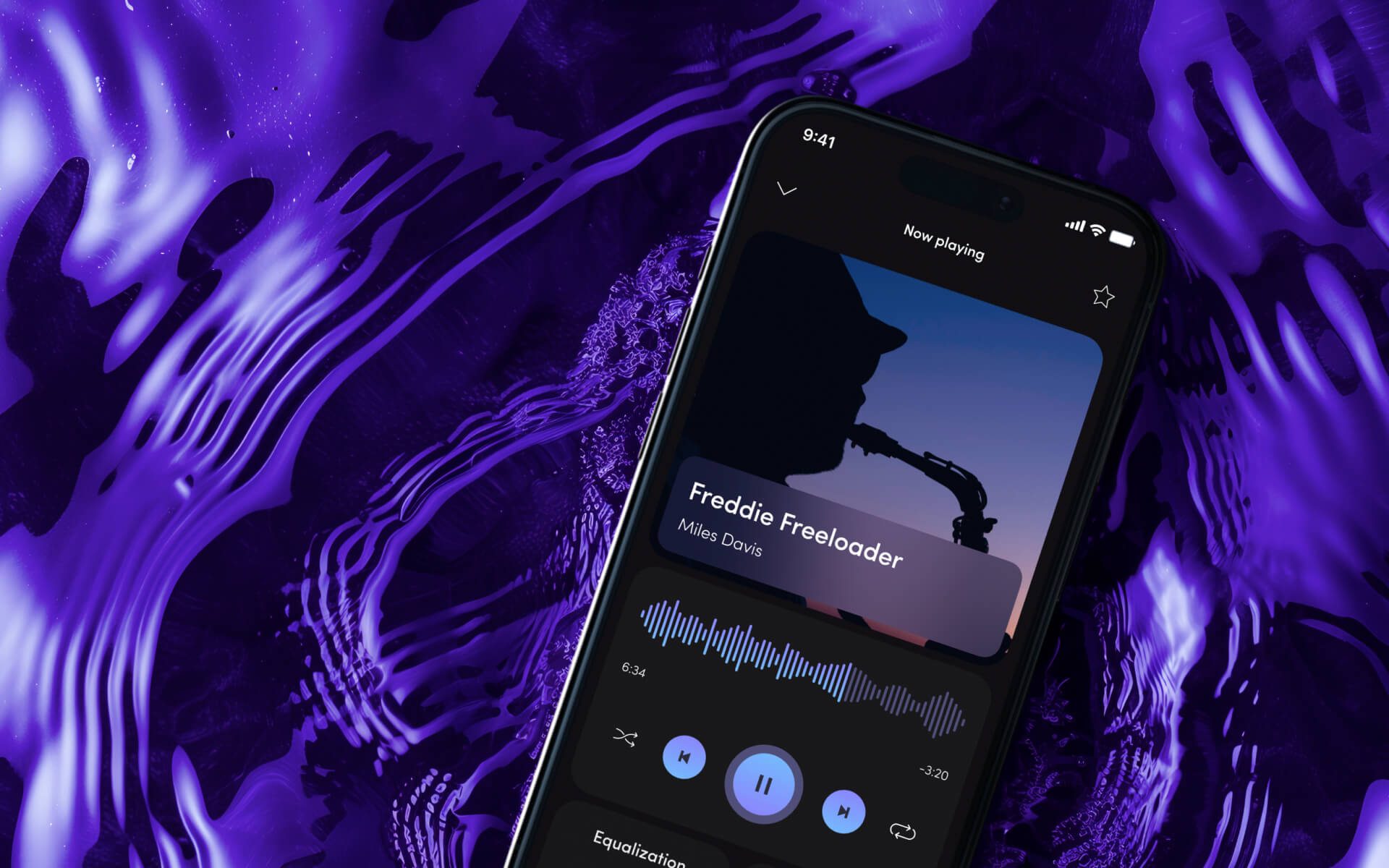In today’s fast-evolving business landscape, leveraging artificial intelligence (AI) has become a game-changer for organizations striving to deliver exceptional customer experiences. Salesforce, a pioneer in customer relationship management (CRM), has been at the forefront of this transformation. One of its key innovations is Atlas—the AI brainpower propelling the success of Salesforce Agentforce, its cutting-edge customer service solution.
What is Atlas?
Atlas is Salesforce’s proprietary AI framework designed to optimize and supercharge the capabilities of Agentforce. Think of Atlas as the neural network of the platform, seamlessly integrating advanced AI algorithms with customer service workflows. By processing vast amounts of data, Atlas enables intelligent decision-making, predictive analytics, and personalized customer interactions at scale.
Atlas in Action: Empowering Salesforce Agentforce
Salesforce Agentforce leverages Atlas to create a seamless, intelligent, and proactive customer service experience. Here are some of the core ways Atlas drives Agentforce’s success:
1. Intelligent Case Management
Atlas transforms how customer cases are managed. It prioritizes, routes, and resolves cases using AI-powered workflows. By analyzing historical data and current trends, Atlas predicts the urgency of customer issues and assigns them to the most qualified agents. This not only reduces response times but also enhances the quality of support.
2. Predictive Insights for Proactive Support
Proactivity is key to excellent customer service. Atlas empowers agents to anticipate customer needs by analyzing patterns and predicting potential issues before they arise. For instance, Atlas can identify when a customer might need assistance with a new product feature or when a subscription renewal is due. These predictive insights help companies stay one step ahead, creating delighted and loyal customers.
3. Real-Time Knowledge and Recommendations
Atlas acts as a real-time assistant for agents by providing instant access to relevant knowledge articles, solutions, and recommendations. By learning from previous interactions and customer preferences, Atlas ensures agents have the right information at their fingertips, making problem resolution faster and more effective.
4. Natural Language Processing (NLP) for Enhanced Communication
At the heart of Atlas is advanced NLP capabilities that enable understanding of customer intent through text, email, or voice interactions. Whether it’s deciphering a customer’s tone or extracting key details from a support ticket, Atlas ensures agents can respond accurately and empathetically.
Benefits of Atlas for Businesses
Businesses using Salesforce Agentforce powered by Atlas experience transformative benefits:
Increased Efficiency
Atlas automates repetitive tasks, allowing agents to focus on more complex and meaningful customer interactions. With Atlas streamlining workflows, organizations can handle higher volumes of inquiries without compromising quality.
Improved Customer Satisfaction
By enabling faster response times, personalized solutions, and proactive engagement, Atlas helps businesses exceed customer expectations and foster lasting relationships.
Data-Driven Decision-Making
With its robust analytical capabilities, Atlas provides actionable insights that guide business strategies, from identifying trends to optimizing service offerings.
Scalability
Atlas’s AI-driven automation makes scaling customer service operations effortless, ensuring consistent performance as businesses grow.
A Vision for the Future
Salesforce’s investment in Atlas reflects a broader vision of integrating AI deeply into every facet of business operations. The evolution of Atlas will likely include advancements in generative AI, deeper integration with other Salesforce products, and enhanced customization options tailored to industry-specific needs. This ensures that businesses continue to have the tools to innovate and thrive in an increasingly competitive market.
Conclusion
Atlas is more than just a technological framework; it’s a transformative force driving the success of Salesforce Agentforce and its users. By combining the power of AI with intuitive workflows, Atlas enables businesses to deliver smarter, faster, and more personalized customer experiences. As AI continues to evolve, Atlas stands as a testament to Salesforce’s commitment to innovation and excellence. The future of customer service is here, and it’s powered by Atlas.




